Anatolia is a special place where three continents meet, cultures, languages, communities, and hence religions flourish, develop and resemble… Although all these unique features will not end in ordering, here are the most special places of this land hosting beliefs…
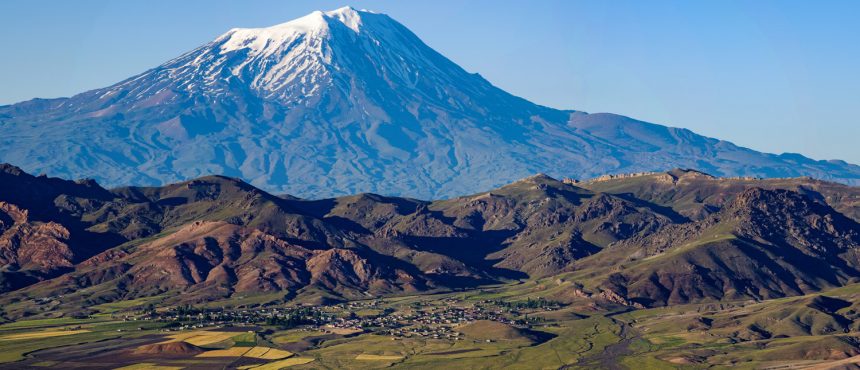
Mount Ararat
It is estimated that Mount Ararat was the place where Noah’s Ark landed after the Noah’s Flood, one of the common legends of human history, which is mentioned in many texts from Sumerian tablets, the Old Testament to the Qur’an. For many years, researchers have been following this issue carefully and carrying out various studies.
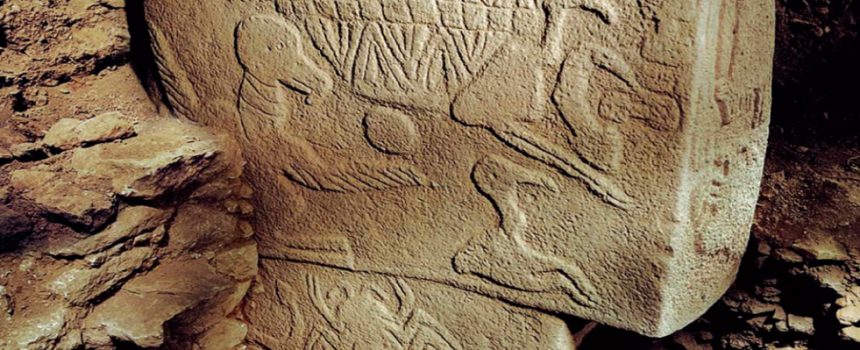
Göbeklitepe
Göbeklitepe is one of the last members of UNESCO World Heritage List, which changed the history of humanity as we know it. Göbeklitepe, “world’s oldest temple”, is around 12.000 years old. It is built by hunter-gatherers in the Pre-Pottery Neolithic age before writing and the wheel and Göbeklitepe has rewritten the history of human civilization.
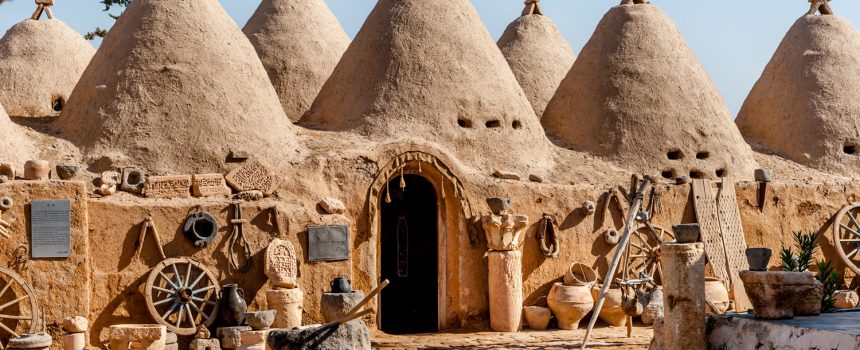
Şanlıurfa
Also known as the city of prophets, Şanlıurfa is one of the most important religious places of Mesopotamia. In addition to the temples devoted to the gods of ancient Mesopotamian civilizations, according to religious texts, it is a place where the prophets such as Adam, Noah and Abraham spend their lives.
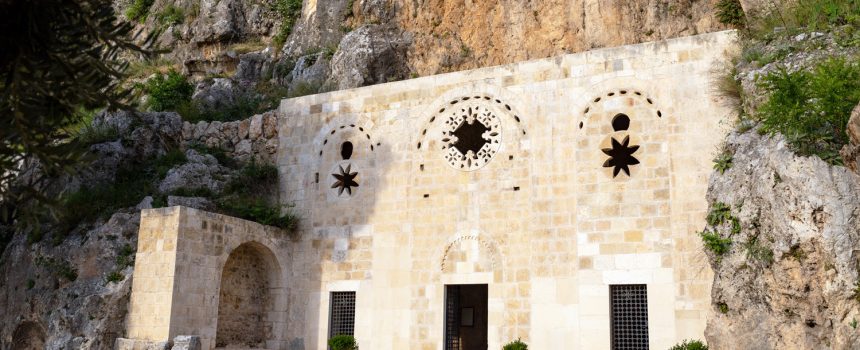
St. Peter Church, Antioch
St. Peter Church is considered the first church ever. Founded in a natural cave during the Roman Empire, the church was used by Saint Peter, the first Pope, to spread the teachings of Jesus Christ. Another important point is that the Christian name is given for the first time to those who follow the teachings of Jesus.
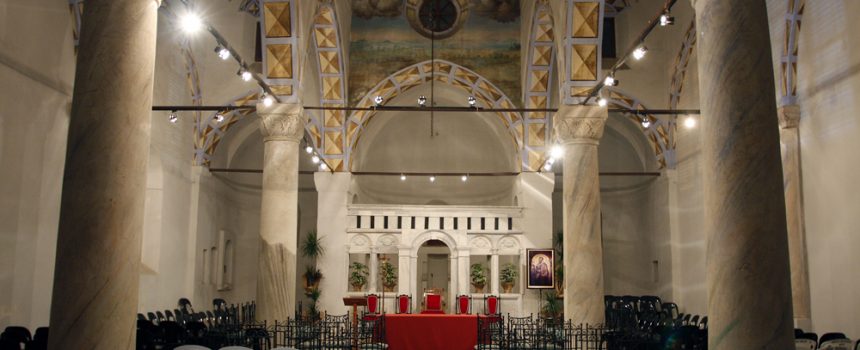
The Birthplace of St. Paul
Tarsus, the birthplace of Paul one of the saints who pioneered the spread of Christianity all over the world, occupies an important place in the history of Christianity. Also St. Paul’s Well is found in the courtyard of the house where Paul is supposed to live, and the water in the well is believed to be healing and holy.

The Birthplace of St. Nicholas, Demre
Patara, the birthplace of St. Nicholas, and Demre, which also has a church in the name of this saint, are special places for Christianity. St. Nicholas is known for his many miracles and favors. It has also become Santa Claus figure in western cultures with his tradition of secretly giving gifts. Therefore we can say that Patara and Demre are the birthplace of Santa Claus.
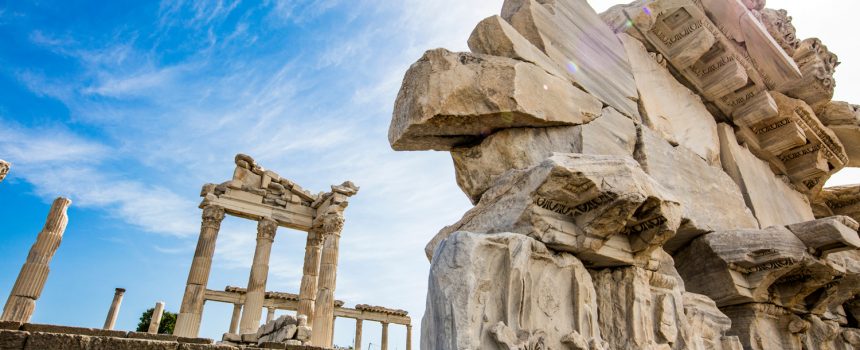
Seven Churches, West Anatolia
The first seven churches as they mentioned in the New Testament are the most important transition points in the spread of Christianity to the western world. St. Paul pioneered the establishment of these churches. According to the New Testament, John the Baptist and Mary also lived in this region. Therefore, Seven Churches is one of the most important pilgrimage centers of Christianity.
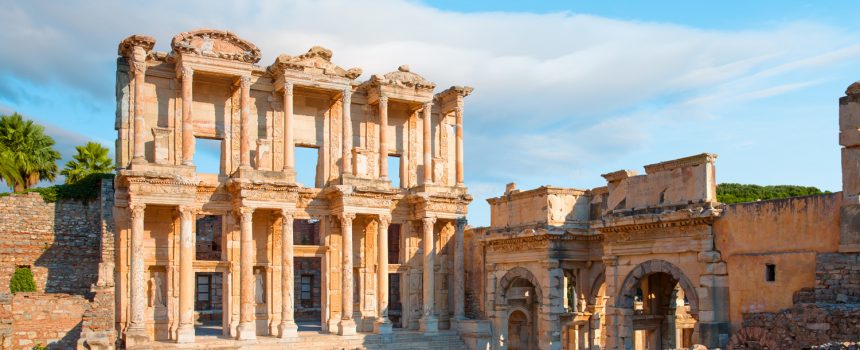
Ephesus
Ephesus, the most important of the first seven churches mentioned in the New Testament, is a place where saints like St. Paul, John the Baptist, and Mary live. With the help of these people, Ephesus became one of the places where Christianity was recognized and accepted by the masses. Visited by many popes, this place is still one of the pilgrimage centers. In addition, one of the most important consuls in the history of Christianity was made here. There is also a tomb and church in the name of John the Baptist, who is believed to have passed away in Ephesus.
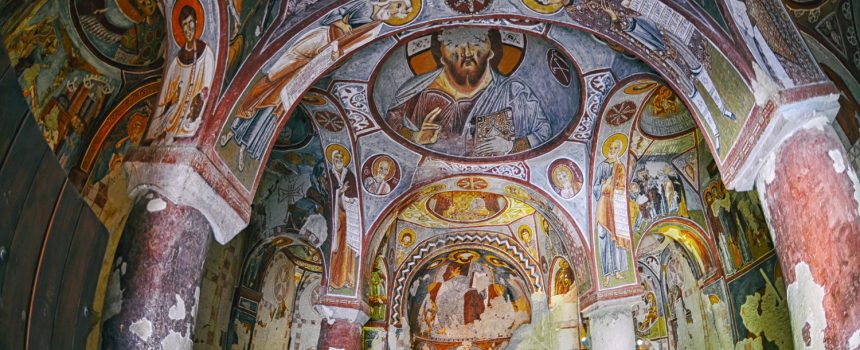
Cappadocia
Cappadocia, one of the places where first Christians lived, has a remarkable place for the history of Christianity. The first Christians, who were supposed to flee from Jerusalem in the 2nd century BC, were hiding from the Roman Empire oppression in the underground cities formed by the help of nature in Cappadocia. The earliest churches of Christianity are located in this region.
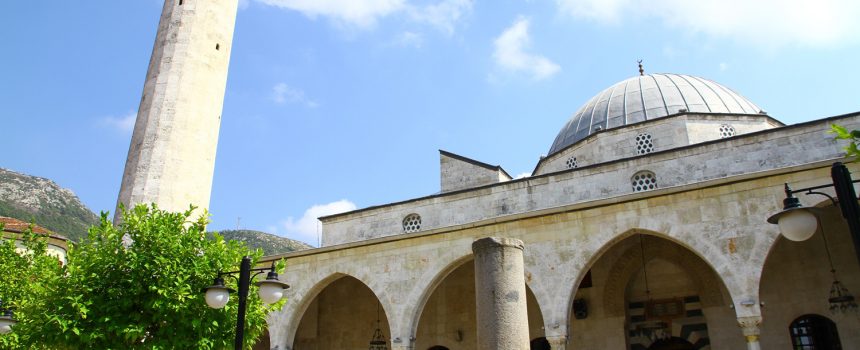
Habib-i Neccar Mosque
Turkey has an important place for the history of Islam as well as for the history of Christianity. Habib-i Neccar Mosque in Antakya is the oldest known mosque in Anatolia. Based on Qur’an, it is believed that the person who was killed here because of his belief was Habib-i Neccar and therefore a mosque was built here in his name. It is also claimed that two of the tombs in the mosque belong to the apostles of Jesus, John and Paul.
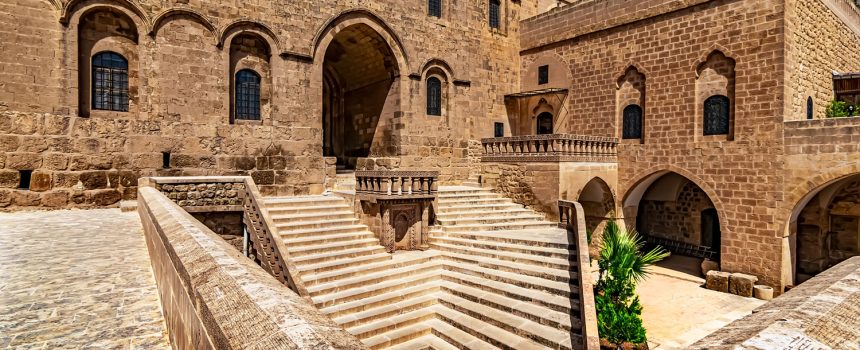
Deyrulzafaran (Mor Hananyo) Monastery
The Deyrulzafaran Monastery (Mor Hananyo) in Mardin, the first city in the world to be declared a site after Jerusalem and Venice, is one of the most important religious structures of the Assyrians. It has been the residence of Syriac Patriarchs for centuries. The Temple of the Sun inside the monastery shows us that this area was used as a place of worship before Christianity.
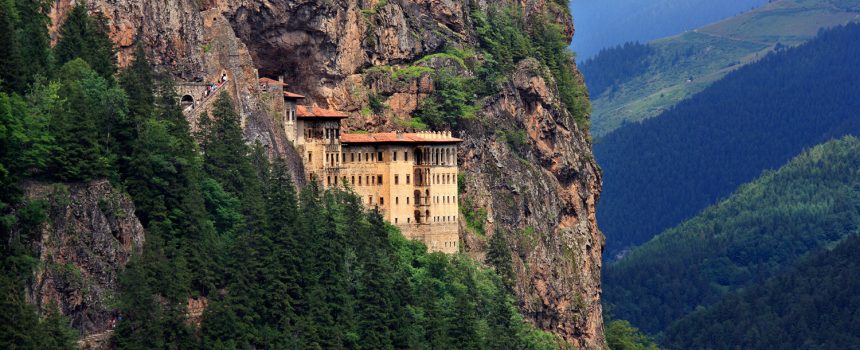
Sumela Monastery
Sumela Monastery, whose foundations were laid on the dream of two monks from Athens in the 4th century, fascinates those who see it on a steep cliff at 1200 meters. Growing and developing throughout the years, Sumela has been the most magnificent and reputable of the monasteries in the region for centuries. The Greek Orthodox monastery is dedicated to Virgin Mary.

Aktamar (Aghtamar) Island
Both the islands of Lake Van which is called as sea by the people of the region, are home to the monasteries. The most important of these is the one on the island of Akdamar, The Cathedral of the Holy Cross, Aghtamar. The Apostolic Armenian cathedral was built during the years 915-921. The interior decorations of the cathedral, which is one of the most beautiful examples of Armenian architecture and crafts, are also very rich.
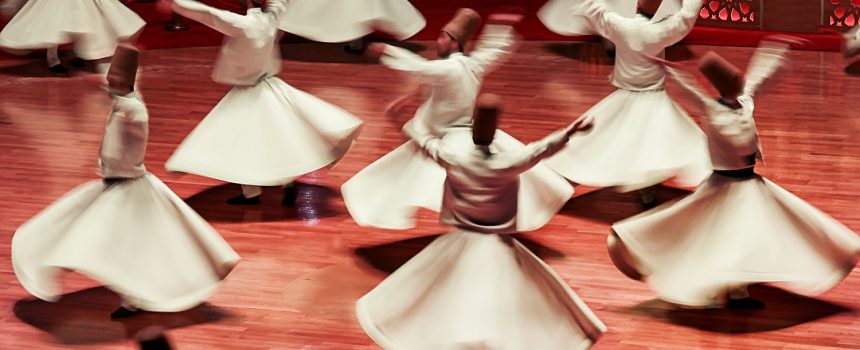
Mevlana Complex
The philosophy of Rumi, who has become a phenomenon all over the world, continues in Konya where he lived until the end of his life. Many people of all religions and beliefs follow the traces of his life in the complex built on his behalf in order to understand and experience Rumi’s philosophy. The tombs of Rumi and his family, the belongings of Rumi and the copies of his great works dating back to the 13th century can be seen in this complex.
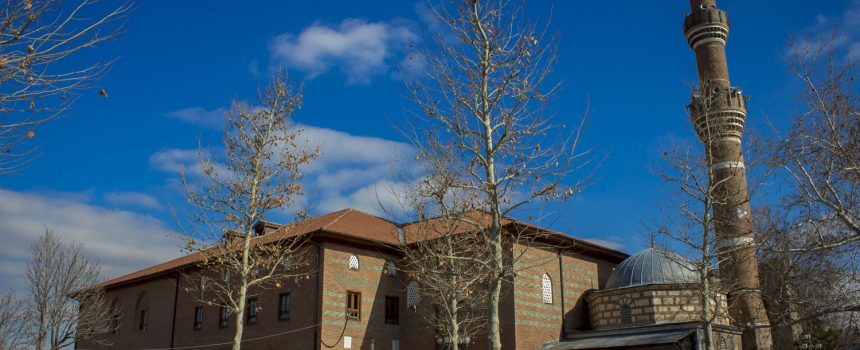
Hacı Bayram-ı Veli Mosque
Hacı Bayram-ı Veli, who lived in the 14th-15th centuries, became one of the important thinkers and scholars of Islamic history. Hacı Bayram-ı Veli, who has adopted the teachings of Sufism and is the teacher of many important teachers, is in a sense the teacher of teachers and poets. A mosque was built in Ankara for Hacı Bayram-ı Veli who spent his whole life in Ankara. The fact that there is a temple of Cybele in the area where the mosque is located allows us to think about how beliefs exist in a rich geography like Anatolia, which dates back to tens of thousands of years.


Comment (0)